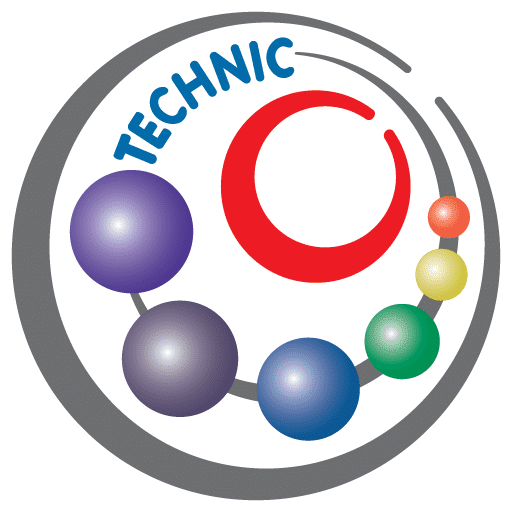General Rubber
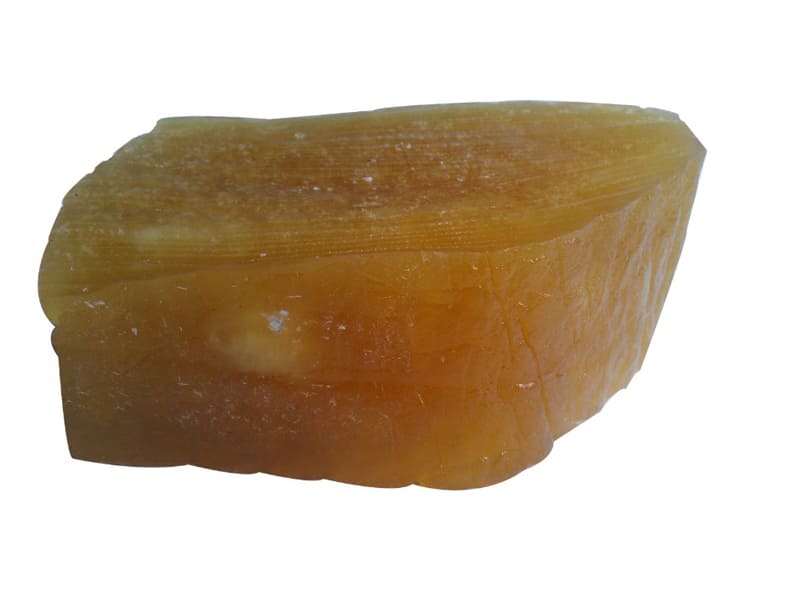
SBR
Full Name :
Styrene Butadiene Rubber
Description :
Styrene butadiene rubber (SBR) is one of the cheaper synthetic general purpose elastomers that is sometimes used as a substitute for natural rubber (NR). It can be produced by free-radical solution polymerization or by emulsion polymerization either warm at 30 to 60°C (hot rubber) or cold at temperatures near 0°C (cold rubber). Emulsion SBR (ESBR) continues to lose ground to solution SBR (SSBR) which is better suited for high-performance tires. Nevertheless, emulsion SBR grades still account for more than 75% of the total world capacity as of 2015. However, more and more SBR is produced by solution polymerization.
Key Properties :
- Excellent abrasion resistance
- Excellent crack endurance
- Excellent water resistance
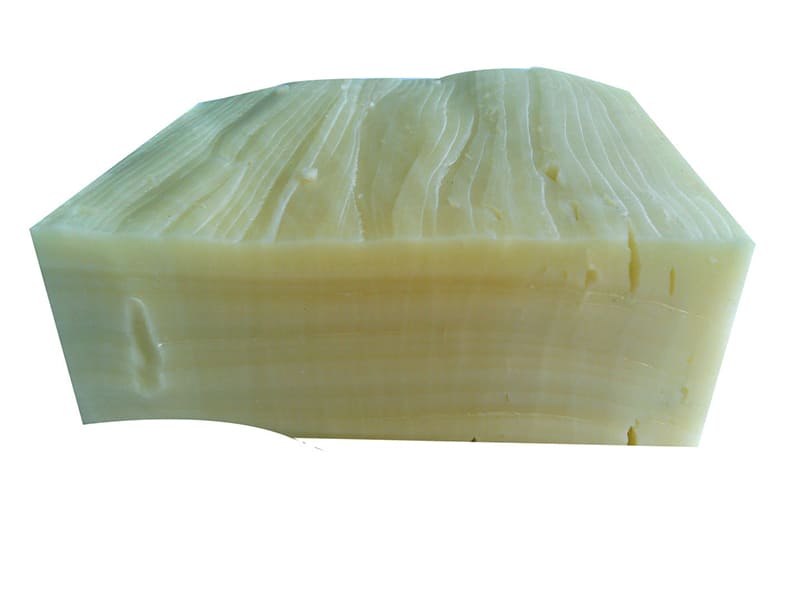
EPDM
Full Name :
Ethylene Propylene Diene Rubber
Description :
The largest market for EPDMs is the automotive industry. Typical applications include radiator and heater hoses, window and door seals, O-rings and gaskets, accumulator bladders, wire and cable connectors and insulators, diaphragms, and weather stripping.
Key Properties :
- Excellent heat
- Excellent ozone/weathering
- Excellent electrical insulation
- Aging resistance

CR
Full Name :
Neoprene Rubber
Description :
The largest market for EPDMs is the automotive industry. Typical applications include radiator and heater hoses, window and door seals, O-rings and gaskets, accumulator bladders, wire and cable connectors and insulators, diaphragms, and weather stripping.
Key Properties :
- Excellent ozone resistance
- Excellent oxidation resistance
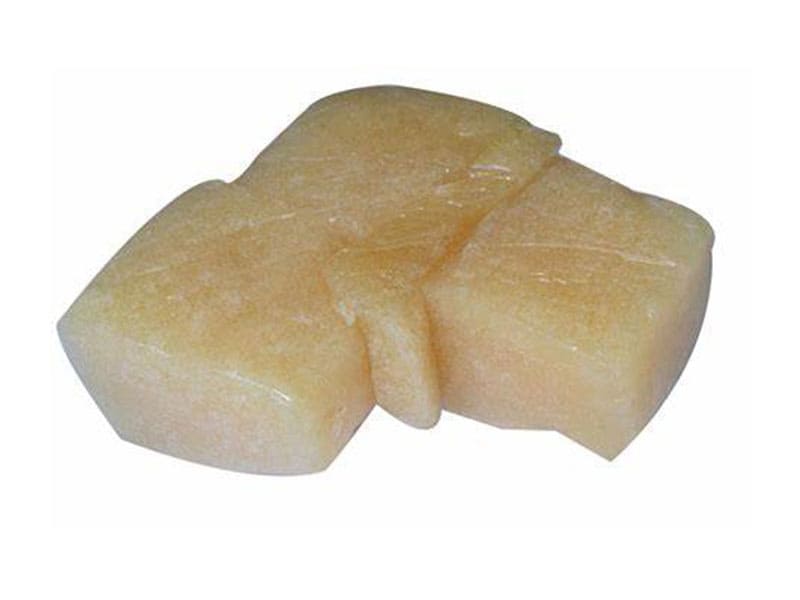
NBR
Full Name :
Nitrile Rubber / Acrylonitrile Butadiene Rubber
Description :
Nitrile Rubber is a synthetic rubber produced by polymerization of acrylonitrile with butadiene. Nitrile synthetic rubber is also known as NBR, acrylonitrile-butadiene rubber, acrylonitrile rubber, nitrile-butadiene rubber, and NR. This type of synthetic rubber is widely used in a number of applications. In fact, industrial nitrile rubber is one of the very sought after variety of synthetic rubber by most of the manufaturing units. In the year 2005, worldwide consumption of NBR had reached almost 368,000 metric tons annually and the global market for nitrile butadiene rubber has been forecast to exceed 645 thousand tons by the year 2017.
Key Properties :
- Excellent abrasion resistance
- Excellent adhesion to metal and rigid materials
- Excellent colorability
- Good rebound, tear resistance, and non-polar solvent resistance
- Good water and oil resistance.
- Good resistance to gas permeability
- Good elongation properties and excellent compression set resistance
- Good resistance to aliphatic hydrocarbons
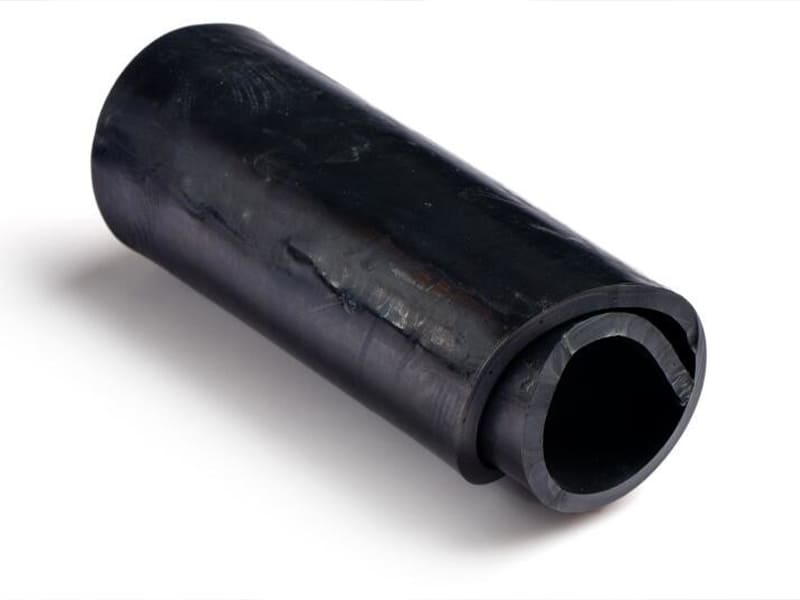
NBR/PVC
Full Name :
Vinyl-Nitrile Rubber Blends
Description :
Nitrile-butadiene rubbers (NBR) are fully compatible with (plasticized) polyvinyl chloride (PVC) and therefore can be compounded together to produce homogenous blends (alloys) with superior properties. The PVC portion provides increased ozone, flame and weathering resistance, whereas the NBR portion provides good abrasion and chemical resistance including oil, fuels, and other nonpolar compounds. The addition of PVC to NBR also increases the pigment-carrying capacity in colored compounds, resulting in better retention of bright colors. The blend also exhibits lower plasticizer volatility due to the stronger affinity of nitrile rubber for conventional liquid plasticizers.
Depending on the PVC and plasticizer content, NBR-PVC blends offer elasticity, increased compression set resistance, and good low temperature flexibility. Typically, the elongation at break increases with increasing level of NBR whereas the tensile strength increases with increasing level of PVC.
NBR/PVC elastomers are used in many industries and markets including furniture, building & construction, automotive interiors, footwear, industrial and household goods, and food packaging. Some major applications include safety shoe soles, soft printer rollers, industrial flooring, colored cable jackets and colored hose covers.
Key Properties :
- Good low temperature flexibility
- Increased compression set resistance
- the elongation at break increases with increasing level of NBR
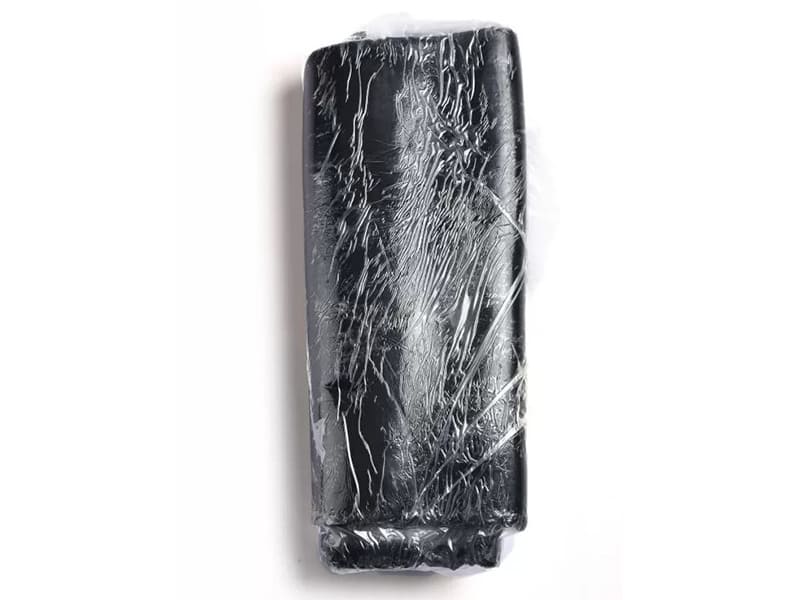
HNBR
Full Name :
Hydrogenated Nitrile Butadiene Rubber
Description :
The enhanced physical properties of this synthetic rubber copolymer make it the perfect material for both the automotive and oil industries, due to its excellent resistance.HNBR elastomers provide excellent resistance to common automotive fluids such as engine oil, fuel and coolant as well as many other industrial chemicals. HNBR is, therefore, the perfect choice for a range of applications
Key Properties :
- Excellent chemical resistance
- Excellent resistance to many modern fuels.
- Good ozone resistance.
- Good resistance to high energy radiation.
- Temperature range between -40°c to 150°c (dry heat).
- Low compression set even at high temperatures.
- Low noise/vibration transmission.
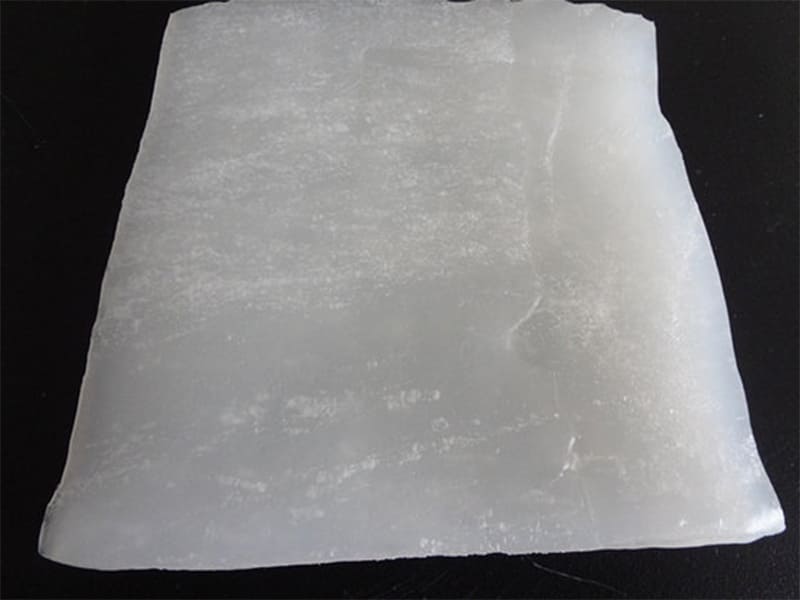
FKM
Full Name :
Fluoro elastomers / Fluorocarbons
Description :
Fluoroelastomers or Fluorocarbons (FKM), also known as Viton®, are highly fluorinated polymers that are suitable for continuous use at elevated temperatures. Various grades are available, including copolymer and terpolymers. The most common grades consist of tetrafluoroethylene, hexafluoropropylene, and vinylidene fluoride.
Key Properties :
- Excellent temperature resistance.
- Excellent resistance in mineral oils and fats.
- Good weather, aging and oxygen stability.
- Very good resistance in non-polar media
- Temperature range from –40°c to +225°c
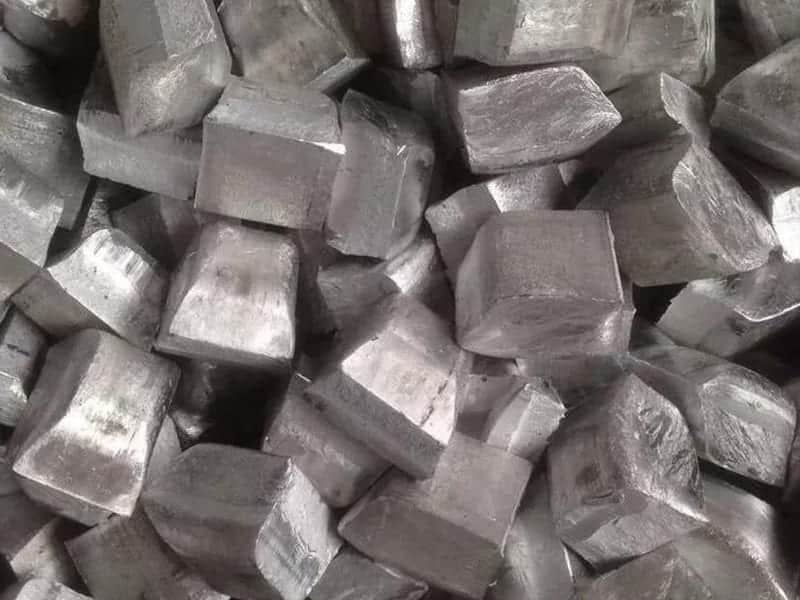
ACM
Full Name :
Aluminum Composite Material
Description :
Aluminum composite material (ACM) is a three-layer panel material made of two thin layers of pre-finished aluminum bonded on either side of a polyethylene (PE) core. ACM panels are exceptional for indoor and outdoor applications that require good dimensional stability, light weight, strength, and durability. Shop for aluminum composite material at Piedmont Plastics and choose from several sizes, thicknesses, finishes, and colors. We even have fire-grades available. You can also request to have your ACM order cut-to-size and machined into fabricated parts to meet the specifications of your application.
Key Properties :
- Excellent UV resistance
- Scratch resistance

IR
Full Name :
Isoprene Rubber
Description :
Fluoroelastomers or Fluorocarbons (FKM), also known as Viton®, are highly Polyisoprene (IR/NR) is an inexpensive and widely-used commercial rubber. It is either harvested in the form of latex from rubber trees (NR) or synthetically produced by polymerization of 1-methyl-1,3-butadiene (IR). Natural rubber is also known as India rubber or caoutchouc. It is the only non-synthetic rubber and has been in commercial use since the beginning of the 20th century.
Key Properties :
- Excellent wear resistance
- Good tensile strength
- Good tear resistance
- It is not recommended for outdoor applications

IIR
Full Name :
Butyl Rubber / Isobutylene-Isoprene Rubber
Description :
Butyl rubber, also known as Isobutylene-isoprene (IIR), is a synthetic elastomer produced by low temperature cationic copolymerization of 1,1-dimethylethylene (isobutylene) with about 0.5 to 2 percent 1-methyl-1-butenylene (isoprene) using Lewis catalysts in chlorocarbon solvents. The isoprene provides the necessary unsaturation sites for crosslinking (vulcanization).
Key Properties :
- Excellent resistance to oxygenated solvents
- Temperature range for this material would be between -50°c and 120°c
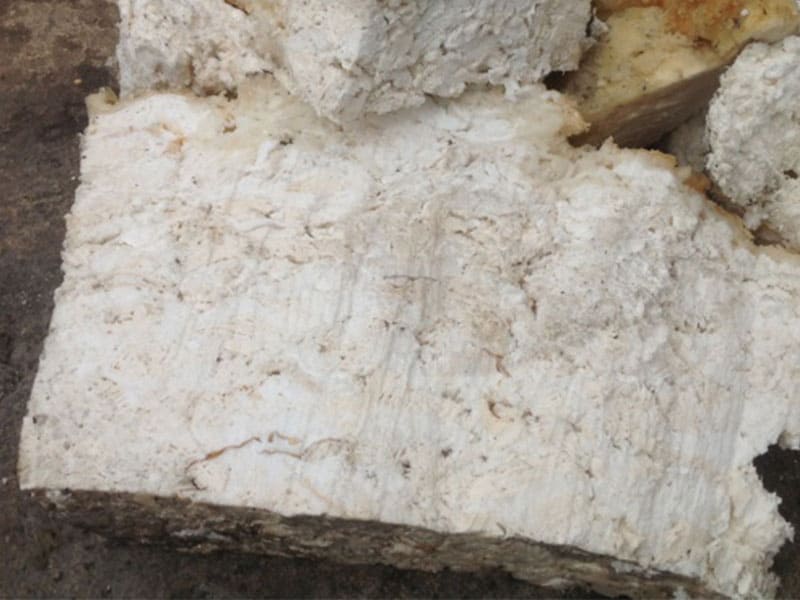
NR
Full Name :
Natural Rubber
Description :
Rubber is harvested mainly in the form of the latex from the rubber tree (Hevea brasiliensis) or others. The latex is a sticky, milky and white colloid drawn off by making incisions in the bark and collecting the fluid in vessels in a process called "tapping". The latex then is refined into the rubber that is ready for commercial processing. In major areas, latex is allowed to coagulate in the collection cup. The coagulated lumps are collected and processed into dry forms for sale. Natural rubber is used extensively in many applications and products, either alone or in combination with other materials. In most of its useful forms, it has a large stretch ratio and high resilience and also is water-proof. Industrial demand for rubber-like materials began to outstrip natural rubber supplies by the end of the 19th century, leading to the synthesis of synthetic rubber in 1909 by chemical means.
Key Properties :
- Excellent adhesion to rigid materials
- Excellent compression Set
- Excellent flex cracking resistance
- Excellent abrasion resistance
